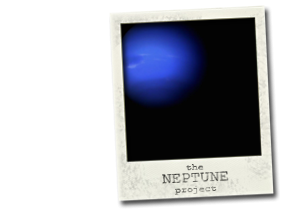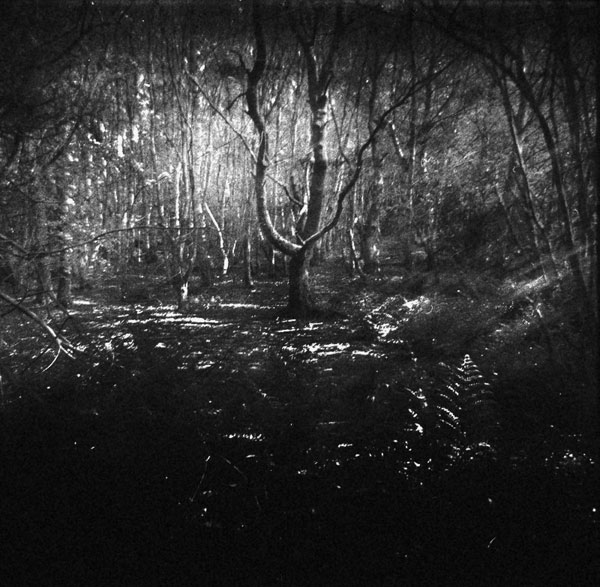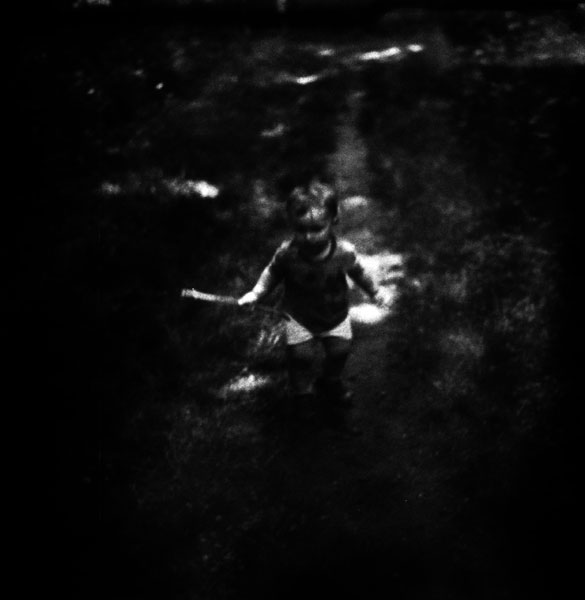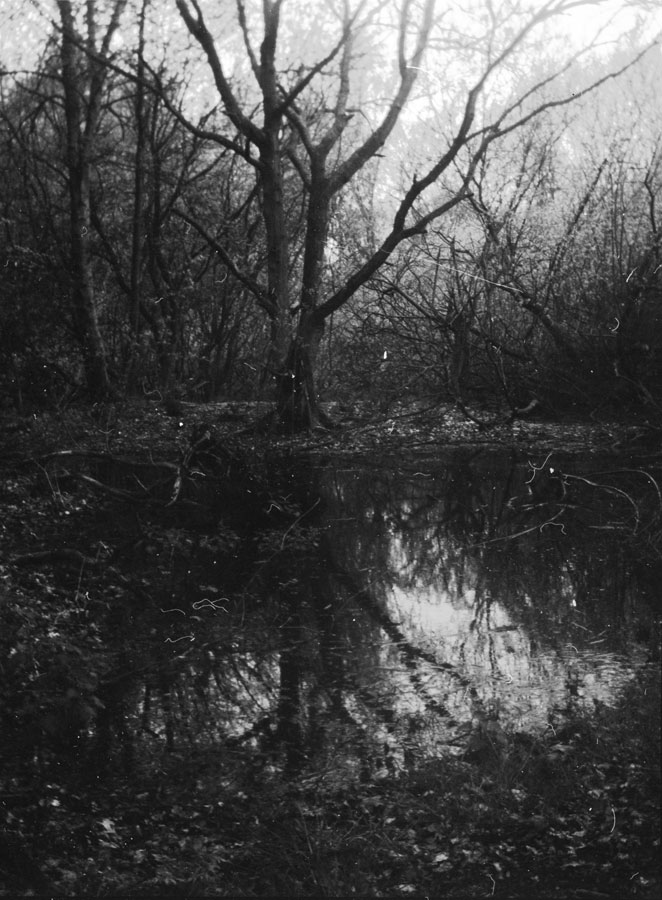Monthly Archives: May 2012
Makeover time!
The Halina Paulette I have just posted about was, frankly, a little shabby in the fabric department. So, since I have rather fallen for this camera and have no intention of parting with it in the remotely near future, I have given it a makeover.
Having pulled off (with great ease actually) the black leatherette, I used it as a template for the fabrics with which I covered it. I have a *lot* of crafty bits and bobs lying around, and the front is now covered with some upholsterers tape taken from a book of samples I picked up years ago. It has provided a lovely, tactile surface for picture taking. ![]()
I managed to find a fabric to compliment the colours, with which I have covered the back. I used bookbinders glue (basically quite a thick PVA) to stick them down and, when that was dry, applied a layer of Mod Podge to the outside to make them at least a little water-resistant and wipe-cleanable.
 Now I need to work on resisting covering everything else in sight. It would be wise not to stand too still around me.
Now I need to work on resisting covering everything else in sight. It would be wise not to stand too still around me. ![]()
(And after all this, I’m hoping the light-leak repair worked!)
Ensign Ful-Vue – or – don’t judge a camera by its looks…
I’ve come to a realisation lately. I have been seduced, endlessly, by the beauty of old cameras, but the truth is a universal one:
Don’t judge a camera by its looks. ![]()
I have been disappointed by two notably: The Kodak Brownie Reflex 20 and the Ensign Ful-Vue. The fact is that they have utterly stunning viewfinders but the end results – the shots themselves – are totally underwhelming. If a photograph looked like its image in the viewfinder, if the judging of the camera were that simple, wouldn’t we all be incredible photographers!
The Ensign Ful-Vue has possibly the most beautiful viewfinder I’ve yet seen. I was wildly optimistic when I took it for its test run, and I restored it lovingly before I had seen the results, the best of which I am posting here.
Conversely, the Halina Paulette, which looks a little like a toy camera and has an innocuous and unconvincing shutter sound, not to mention the most pathetic little viewfinder which has no bearing on the lens either (manual focus according to distance from subject), can produce some stunning results.
So… the moral of the story?
Well, actually, there isn’t one! The Lomo Lubitel2 has a beautiful viewfinder and produces gorgeous results, so… at best the moral is: don’t be attached to the results – just suck it and see. ![]()
The Halina Paulette
Camerapedia says of this camera:
“The Halina Paulette was a 35mm viewfinder camera made in Hong Kong by Haking. It was introduced in c.1965, with a 45mm/f2.8 lens in a 4-speed (1/30-1/250) + B shutter. “
Yesterday I developed a roll of Kodak TX400, the first I have put through this particular camera. And I developed it with some trepidation.
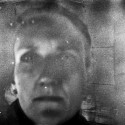 First off, the shutter makes such an unassuming noise, I was convinced it didn’t work. These two shots (which made me laugh out loud when I scanned them) are evidence that I was still looking through the lens to ascertain any aperture movement at all…
First off, the shutter makes such an unassuming noise, I was convinced it didn’t work. These two shots (which made me laugh out loud when I scanned them) are evidence that I was still looking through the lens to ascertain any aperture movement at all… ![]()
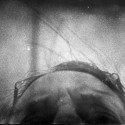 Then there was the problem of the camera-back, which seemed to me to be terribly loose. So I couldn’t be entirely sure the film hadn’t been completely light-flooded. My particular copy (which is rather a beautiful thing, I’m sure you’ll agree) has its own original case. So I decided to leave it in it, cumbersome as that might be, so as to minimise light-leaks. This worked to a degree, but as even these two shots show, it was very limited success, and some shots were too damaged to be viewable.
Then there was the problem of the camera-back, which seemed to me to be terribly loose. So I couldn’t be entirely sure the film hadn’t been completely light-flooded. My particular copy (which is rather a beautiful thing, I’m sure you’ll agree) has its own original case. So I decided to leave it in it, cumbersome as that might be, so as to minimise light-leaks. This worked to a degree, but as even these two shots show, it was very limited success, and some shots were too damaged to be viewable.
However, for me, shots such as this:
Or even this:
 demonstrate its great potential.
demonstrate its great potential.
So here is a gallery of these and the remaining shots, and now I shall be attempting to fix that light-leak, loading her up with another roll of film, and having another go! ![]()
Teddy Dusters, with stick
Voigtländer Brilliant (1938) / Cross-processed Ilford XP2
Fed 4, Jupiter 11, Tokyo Optical
 Over the last few days I have finished up film from the Gakkenflex, the Kodak Cresta II and the Voigtlander Brilliant (which had a mishap recently but still seems to be functional). My intention is to sell the Brilliant and put the funds towards a Yashica Mat TLR.
Over the last few days I have finished up film from the Gakkenflex, the Kodak Cresta II and the Voigtlander Brilliant (which had a mishap recently but still seems to be functional). My intention is to sell the Brilliant and put the funds towards a Yashica Mat TLR.
I have a Mamiya EE to test, not a very exciting camera, but you can pick them up for a couple of bucks apiece and, worst case, take them apart for the hardware. It can cost you twice as much to buy a small bag of camera screws on Ebay. And I picked up a Fed 4 body (for 99p) onto which I’ve fitted an old Jupiter 11 lens and a Tokyo Optical viewfinder, it looks kind of amazing (pictured). Soviet era cameras are always gratifying, for the experience as much as the results.
I am also cutting down a roll of Fuji Pro400 to put it into the Duex. It will be so precious to see the result of this sublime art-deco era lens on such a rich, smooth film stock.
Lo-Fi
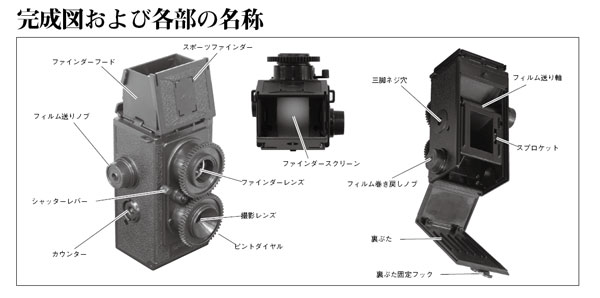 The more cameras I use, the greater my respect for lo-fi photography as a truly viable pursuit. Composition remains true regardless of the lens, and I love the Neptune end of the photographic polarity. That is of course photography’s natural state: chemical uncertainty. The rush to the wrong end of the polarity, toward Virgo and ever greater control, more megapixels, less chromatic aberration, instant verifiable results with the inconveniences cloned out after the fact in Photoshop is getting photography backward.
The more cameras I use, the greater my respect for lo-fi photography as a truly viable pursuit. Composition remains true regardless of the lens, and I love the Neptune end of the photographic polarity. That is of course photography’s natural state: chemical uncertainty. The rush to the wrong end of the polarity, toward Virgo and ever greater control, more megapixels, less chromatic aberration, instant verifiable results with the inconveniences cloned out after the fact in Photoshop is getting photography backward.
Recently I bought a Gakkenflex (pictured) which came originally from Japan. When first made this 35mm ‘Toy-TLR’ retailed for about 6 or 7 dollars, and was made entirely of plastic from a kit in a magazine. There are clones out there which give the same result for not much more. I also bought a Japanese Superheadz Black Devil and I took them both out today along with a 1956 Kodak Cresta II. There is simply no hope of controlling outcomes with any of these cameras, except in the most rudimentary terms. All you have is composition, and an understanding of which light will work, and which won’t.
And that is exactly what makes lo-fi photography so much fun, it has all the magical promise of uncertainty.
